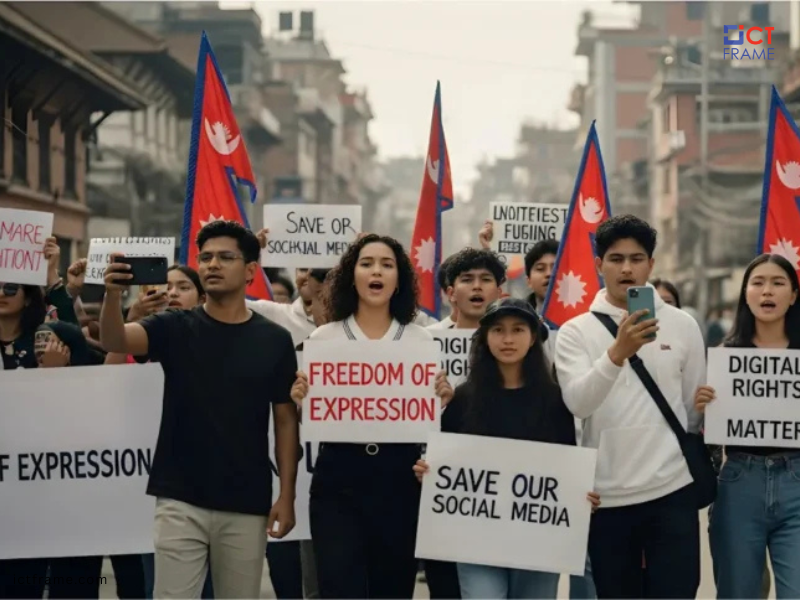In one of the most powerful demonstrations in recent memory, Nepal’s Generation Z mobilized thousands in Kathmandu today in a sweeping protest against the government’s sweeping social media ban and deep-rooted corruption. Demonstrators, united under slogans like “Stop the ban on social media, stop corruption not social media,” surged toward Parliament, and violent clashes followed—including deadly police firing that claimed over a dozen lives.
Key Developments:
- Fatalities and Casualties: At least 14 people were killed when police opened fire on protesters near Parliament in Kathmandu, with dozens more injured. Several victims were shot in the head and chest.
- Scale of Mobilization: Thousands of youth — largely those born between 1995 and 2010 — spearheaded the protests, advancing from Maitighar Mandala toward the parliament building in New Baneshwor.
- Government’s Trigger: The unrest followed a September 4 government order blocking 24–26 social media platforms—including Facebook, X (formerly Twitter), YouTube, WhatsApp, Instagram, Reddit, LinkedIn, and Pinterest—for failing to register with regulatory authorities. Just a few platforms, like TikTok and Viber, remain operational after compliance.
- Methods Used: Government forces employed tear gas, water cannons, rubber bullets, and eventually live ammunition. A curfew was swiftly imposed across Kathmandu’s key zones to regain control.
- Mayoral Backing: Kathmandu Mayor Balendra “Balen” Shah voiced solidarity with the youth movement, urging that the protests remain free from political factional influence—endorsing the spontaneous, Gen-Z-led nature of the uprising.
Nepal’s youth, increasingly digitally literate and empowered, saw the ban as symbolic of authoritarian overreach—a blatant attempt to suppress dissent and youth voice. The movement transformed rapidly from digital discontent to physical defiance, signaling a generational shift in civic engagement.
This uprising draws international parallels: similar youth-led movements across South Asia and beyond reflect mounting frustrations with digital repression and corrupt governance—and point toward a new era of digitally empowered dissent.
What Comes Next?
- Authorities Response: The government faces heightened pressure both domestically and abroad over civil liberties. International observers criticize the crackdown as disproportional and oppressive.
- Youth Resolve: Spurred by casualties and widespread anger, Gen-Z in Nepal is likely to maintain momentum, leveraging online platforms (via VPNs, TikTok, Reddit) and offline rallies to push for reform.
- Policy Fallout: The ban has disrupted communication, commerce, and tourism—as critics warn that this may backfire economically—and could also accelerate further authoritarian policymaking.
Nepal’s Generation Z has ignited a fierce and poignant uprising—one born of digital activism and deep frustration with corruption, amplified by a clampdown on their voices. The deaths and arrests only deepen the moral charge of the movement. For observers in the Maldives and across the region, this is more than a protest—it’s a clarion call for youth, demanding freedom, accountability, and dignity.




